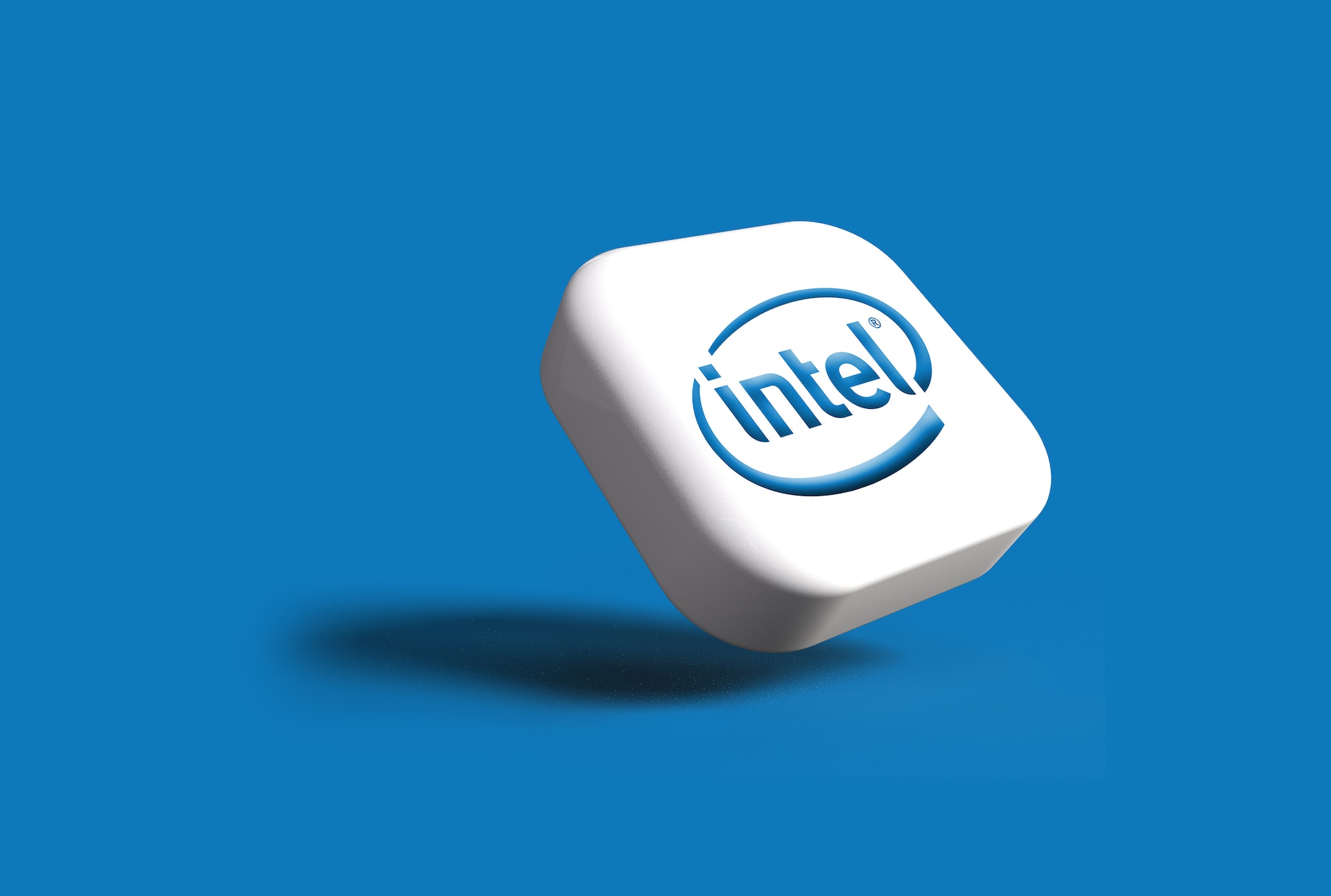Intel's CEO has voiced confidence in the company's 18A process, noting that it compares favorably with TSMC's 2nm node while also being supplied sooner.
Intel CEO Places 18A Node Ahead of TSMC's 2nm In Performance and Launch Timeline
At Team Blue's recent AI Everywhere event, where the company debuted its latest Meteor Lake chips, Intel CEO Pat Gelsinger spoke with Barron's. In an interview with the publication, CEO Gelsinger presented an update on Intel's 18A process, suggesting that it has the potential to outperform TSMC's N2 (2nm) node, particularly with the use of an enhanced power delivery mechanism.
“We announced two major innovations with 18A: a new transistor and backside power. I think everybody’s looking at the transistor of TSMC’s N2 versus our 18A. It’s not clear that one is dramatically better than the other. We’ll see who’s best. But the backside power delivery, everybody says Intel, score. You are years ahead of the competition. That’s powerful. That’s meaningful. It gives better area efficiency for silicon, which means lower cost. It gives better power delivery, which means higher performance. So, I have a good transistor. I have great power delivery. I think I’m a little bit ahead of N2, TSMC’s next process technology in time,” Intel CEO Pat Gelsinger stated, as per WCCFTech.
Intel's 18A manufacturing node will employ RibbonFET transistors as well as a novel "PowerVia" delivery technique, which is expected to yield considerable performance figures. It has been revealed that 18A over 20A could result in a 10% gen-to-gen improvement.
There have been claims that ARM may be Intel's first customer for the process, with plans to use it for mobile SOCs, however, this is presently just a rumor.
RibbonFET, PowerVia, and Potential ARM Collaboration Signal Semiconductor Advancements
Intel's 18A manufacturing node will include RibbonFET transistors as well as a revolutionary "PowerVia" delivery technology, which should result in significant performance gains.
It has been discovered that choosing 18A over 20A can result in a 10% gen-to-gen improvement. According to reports, ARM may be Intel's first customer for the technology, with intentions to use it for mobile SOCs, but this is currently just a rumor.
In addition, Intel cites several nodes beyond 18A in a presentation shown to Japanese media, and we witness the return of the iconic "+" from the 14nm era. Following 18A, at least three further nodes are mentioned, with "Intel Next+" particularly noting the adoption of HiNa EUV lithography. Production on this node is not scheduled to begin until 2025-2026 or later.
The forthcoming semiconductor markets will be far more vibrant than they were previously, with companies like Samsung Foundry and Intel vying for the throne.
Photo: Rubaitul Azad/Unsplash



 Hikvision Challenges FCC Rule Tightening Restrictions on Chinese Telecom Equipment
Hikvision Challenges FCC Rule Tightening Restrictions on Chinese Telecom Equipment  Senate Sets December 8 Vote on Trump’s NASA Nominee Jared Isaacman
Senate Sets December 8 Vote on Trump’s NASA Nominee Jared Isaacman  Baidu Cuts Jobs as AI Competition and Ad Revenue Slump Intensify
Baidu Cuts Jobs as AI Competition and Ad Revenue Slump Intensify  Firelight Launches as First XRP Staking Platform on Flare, Introduces DeFi Cover Feature
Firelight Launches as First XRP Staking Platform on Flare, Introduces DeFi Cover Feature  Coupang Apologizes After Massive Data Breach Affecting 33.7 Million Users
Coupang Apologizes After Massive Data Breach Affecting 33.7 Million Users  Norway’s Wealth Fund Backs Shareholder Push for Microsoft Human-Rights Risk Report
Norway’s Wealth Fund Backs Shareholder Push for Microsoft Human-Rights Risk Report  Australia Moves Forward With Teen Social Media Ban as Platforms Begin Lockouts
Australia Moves Forward With Teen Social Media Ban as Platforms Begin Lockouts  Morgan Stanley Boosts Nvidia and Broadcom Targets as AI Demand Surges
Morgan Stanley Boosts Nvidia and Broadcom Targets as AI Demand Surges  Nexperia Urges China Division to Resume Chip Production as Supply Risks Mount
Nexperia Urges China Division to Resume Chip Production as Supply Risks Mount  TSMC Accuses Former Executive of Leaking Trade Secrets as Taiwan Prosecutors Launch Investigation
TSMC Accuses Former Executive of Leaking Trade Secrets as Taiwan Prosecutors Launch Investigation  AI-Guided Drones Transform Ukraine’s Battlefield Strategy
AI-Guided Drones Transform Ukraine’s Battlefield Strategy  Microchip Technology Boosts Q3 Outlook on Strong Bookings Momentum
Microchip Technology Boosts Q3 Outlook on Strong Bookings Momentum  ByteDance Unveils New AI Voice Assistant for ZTE Smartphones
ByteDance Unveils New AI Voice Assistant for ZTE Smartphones  YouTube Agrees to Follow Australia’s New Under-16 Social Media Ban
YouTube Agrees to Follow Australia’s New Under-16 Social Media Ban  Anthropic Reportedly Taps Wilson Sonsini as It Prepares for a Potential 2026 IPO
Anthropic Reportedly Taps Wilson Sonsini as It Prepares for a Potential 2026 IPO  Intel Boosts Malaysia Operations with Additional RM860 Million Investment
Intel Boosts Malaysia Operations with Additional RM860 Million Investment  Amazon and Google Launch New Multicloud Networking Service to Boost High-Speed Cloud Connectivity
Amazon and Google Launch New Multicloud Networking Service to Boost High-Speed Cloud Connectivity 































